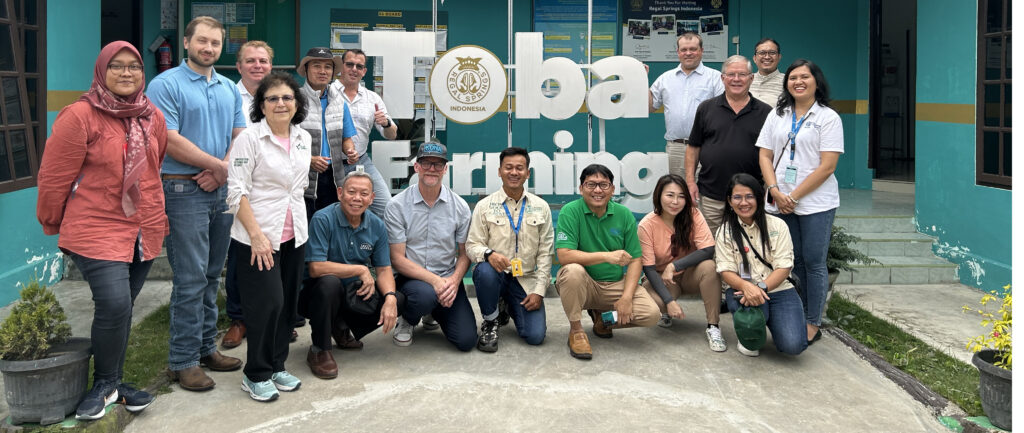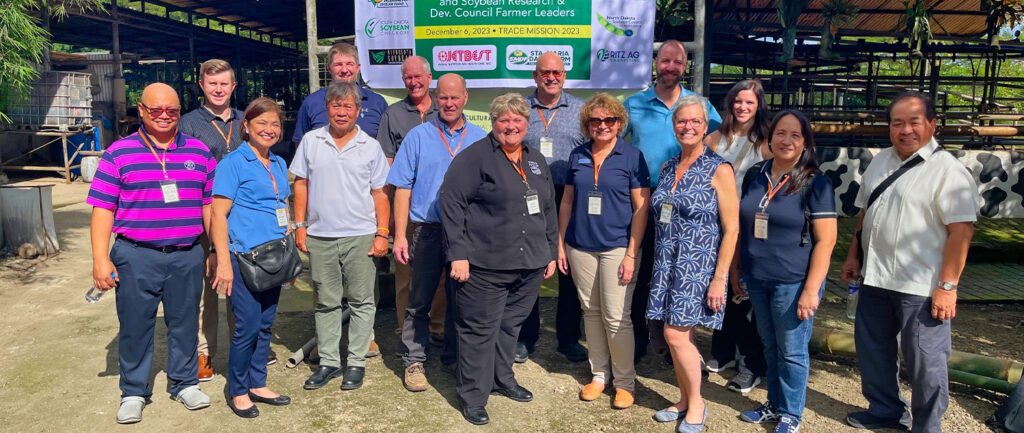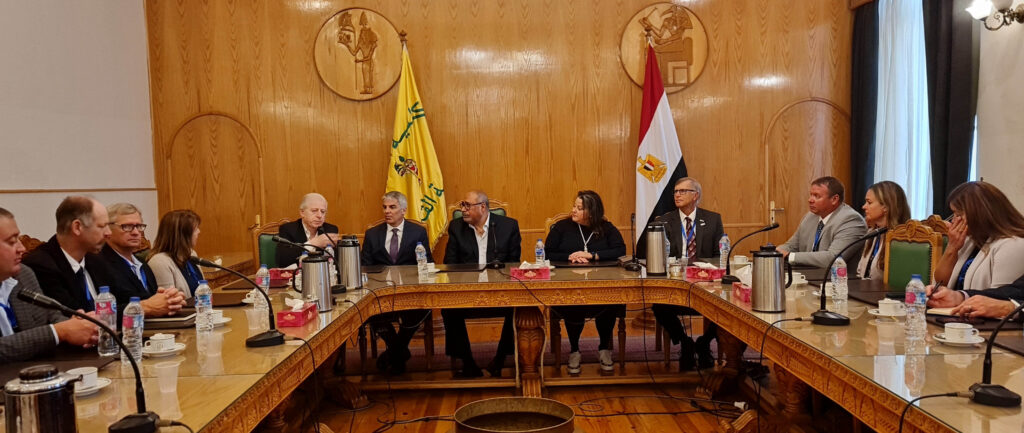International trade, NAFTA and potential tariffs were hot and timely topics at MSR&PC’s 7th annual Soybean Symposium at the University of Minnesota Landscape Arboretum March 29 in Chanhassen, Minn.
“I think the topics we covered at the Symposium, particularly the trade discussions, were extremely relevant to the concerns of Minnesota’s soybean farmers,” says MSR&PC Chair Patrick O’Leary.
United States Soybean Export Council CEO Jim Sutter discussed the ramifications of tariffs on soybean trade. 60 percent of U.S. soybeans are exported. Trade challenges in China haven’t just been limited to the recent Section 301 tariffs; Sutter believes issues with biosafety certificates have already impacted exports to China.
“We’ve had some real challenges in our China situation prior to Section 301,” Sutter says. “We had problems getting biosafety certificates issued, and this used to be standard. Before our cargo can be imported into China, we need that biosafety certificates, and it slowed down our exports in October and November from the US, because people were afraid they weren’t going to get those certificates.”
Sutter anticipated China would respond quickly to the announced Section 301 tariffs (editor’s note: the Symposium was held a week before China’s proposed 25 percent tariff on U.S. soybeans), but says he’s encouraged by negotiations.
“Let’s not forget, China likes the status quo. They don’t want to see that changed, and that’s why they want to continue to negotiate,” he says. “We see this as a real opportunity for US exports to reduce the trade imbalance. I think China has a desire to find an agreement, a bargain, but we have to keep people from doing something reactionary.”
Richard Galloway of Qualisoy presented on high oleic soybean oil and traceability. High oleic soybeans were planted in southern Minnesota for the first time in 2017, and are projected to exceed 30,000 acres in 2018.
“The biggest demand for soybeans is edible application,” Galloway says. “It’s the primary driver.”
Galloway’s presentation was followed by appearances from University of Minnesota Associate Professors Aaron Lorenz and Bob Stupar on soybean breeding and next generation soybeans.
International Marketing Consultant Peter Mishek also presented on “Quality Beyond Protein: The Essential Amino Acids Message.”
University of Minnesota Extension Agronomist Seth Naeve helped curate the Soybean Symposium after identifying the top 10 soybean leaders in the country in the trade and quality fields.
“They all agreed to participate, so I built a program around then,” he says. “Although this was a departure from our typical pure production-focused symposium, the event was extremely well-received. The very diverse audience seemed to appreciate the timeliness of the trade discussions, and the seemed to learn a lot about our many challenges and opportunities around soybean quality.”







